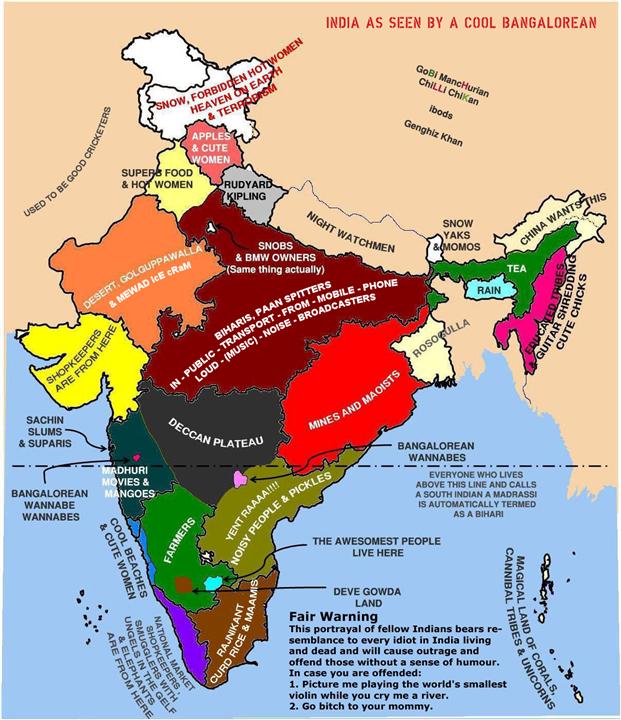TimeGhost History
Published on 13 Mar 2019The rise of the media superstar and the rise of Naziism had a lot to do with each other. The early death of one of the first media superstars, Rudolph Valentino in 1926 shows us exactly how and why.
Join us on Patreon: https://www.patreon.com/TimeGhostHistory
Hosted by: Indy Neidell
Directed by: Astrid Deinhard
Written by: Spartacus Olsson
Produced by: Astrid Deinhard
Executive Producers: Bodo Rittenauer, Astrid Deinhard, Indy Neidell, Spartacus Olsson
Creative Producer: Joram Appel
Post Production Director: Wieke Kapteijns
Edited by: Wieke Kapteijns
Research by: Spartacus OlssonColorized Pictures by Olga Shirnina
https://klimbim2014.wordpress.comVideo Archive by Screenocean/Reuters http://www.screenocean.com
A TimeGhost chronological documentary produced by OnLion Entertainment GmbH.
From the comments:
TimeGhost History
2 hours ago
After a week of radio silence, we’re back with another Between Two Wars episodes. We’re continuing in the spirit of where we left off, and enter the crazy and hyped-up world of superstars. We hope that you like our video! If you do, please consider supporting us on Patreon or via our website timeghost.tv. We are still only just managing to cover the minimum that is required to produce this content. Every dollar truly counts. -> https://www.patreon.com/TimeGhostHistory




